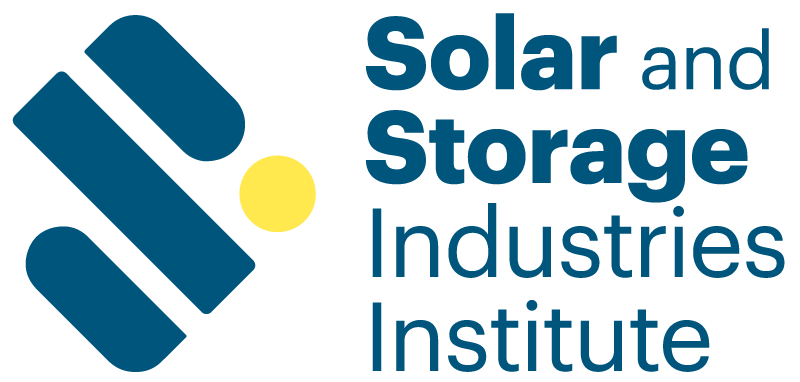First-of-its-kind report in the United States shows that flexible interconnection has tremendous potential to play a vital role in scaling community solar projects
A new report released today by the Solar and Storage Industries Institute (SI2), shows that flexible interconnection, which adjusts solar output based on grid conditions, offers significant economic benefits to community solar developers. The findings show that for some community solar projects flexible interconnection provides 176% more revenue over the lifetime of the project than under other scenarios.
“Our groundbreaking report demonstrates that flexible interconnection is not only a promising approach for ensuring quicker grid access for solar projects, but offers important revenue benefits as well,” said David Gahl, Executive Director for the Solar and Storage Industries Institute. “ Our analysis clearly shows that as firms are waiting for grid improvements to be made, using flexible interconnection makes business sense. ”
Across the U.S., solar projects face delays due to the high costs of grid upgrades, resulting in higher costs and increased market uncertainty for developers. Recognizing these challenges, SI2, in partnership with the Coalition for Community Solar Access, Smarter Grid Solutions, Solar Energy Industries Association, National Grid, and Nexamp, initiated this study as part of the U.S. Department of Energy’s Interconnection Innovation Exchange (i2x) Technical Assistance Program.
“Interconnection remains the single biggest obstacle to swift deployment of new energy resources at the pace needed to meet growing energy demand while reducing carbon emissions,” explained Kelly Friend, Vice President of Policy and Regulatory Affairs, Nexamp. “As the nation’s leading community solar owner/operator, we’ve been advocating for flexible interconnection in markets with grid congestion challenges, so we were happy to bring our developer perspective and real-life models to this important study. The results show what we thought they would—that existing interconnection policies are needlessly holding back new energy resources, and a flexible approach to interconnection does not require utilities to compromise the safety or reliability of the grid.”
Pacific Northwest National Laboratory executed the project and conducted extensive modeling work to demonstrate the impacts of flexible interconnection on “real life” community solar project output and revenue. The results confirm that flexible interconnection can significantly alleviate grid delays by allowing solar projects to connect to the grid without requiring and/or, waiting for costly infrastructure upgrades.
“Pacific Northwest National Laboratory was happy to provide technical assistance to Solar and Storage Industries Institute in conjunction with the DOE i2X project,” said Todd Wall, Pacific Northwest National Laboratory. “Concepts such as flexible interconnection are promising with potential technical and economic benefits to solar developers and other Distributed Energy Resource enthusiasts by reducing the complexity of interconnecting with the grid. We are proud to have contributed our technical expertise and look forward to future developments.”
By monitoring real time grid conditions, flexible interconnections systems can automatically curtail solar output, when certain thresholds are met. For developers, understanding how curtailment impacts revenue is critical for business decision. The report shows that curtailment under flexible interconnection is limited. For sites with variable hosting capacity, curtailment was minimal, with “solar-only” curtailment at just 10% of yearly exports.
Additional findings show that all systems benefit from flexible interconnection and each of the models yielded similar results–implementing flexible interconnection now, always outweighs waiting for a major upgrade.
